Mature cats
Routine HealthCare Examination: Considerations for Mature cats (7–10y)
Routine examinations
Cats age at different rates, and the first signs of the ageing process may be seen during this life stage. Mature cats often appear to still be in their prime, but they start to become at increased risk of age-related diseases. More vigilant monitoring is required on the part of both the vet and owner. Healthcare examinations are recommended at least annually, but consideration should be given to 6-monthly examinations, especially around monitoring weight and oral health; these appointments would be suitable for a veterinary nurse or technician to perform.
It is important to include thyroid palpation in the routine physical examination and routine blood pressure assessment on an annual basis is strongly recommended. Ensure a thorough dental evaluation is carried out at each examination as this is often an overlooked cause of morbidity. Monitor for subtle changes such as altered sleeping or altered activity. Monitor weight and BCS carefully – weight loss may be the first sign of some important disorders. Osteoarthritis starts to become more prevalent in this life stage, using a Mobility Checklist at each examination can be helpful to detect early signs of disease. Whilst hypertension is not common in this life stage, regular assessment of blood pressure in the Mature life stage can be a useful parameter to include to help habituate the cat to having this assessed.
Vaccination
Core vaccines should be continued according to current guidelines, with risks and benefits being assessed for the individual cat when deciding on the frequency of vaccination. An annual risk assessment for the use of non-core vaccines is also indicated, in accordance with current guidelines.
2020 AAHA/AAFP Feline Vaccination Guidelines
Parasite control
All external parasite control should be maintained and reviewed at each visit, alongside any changes in the cat’s environment, lifestyle and any movement from one region to another. Frequency of worming should be based on a risk assessment and this should be reassessed every visit. Based on ESCCAP guidelines, cats with outdoor access should be dewormed at least every three months and cats that share homes with children under 5 years of age or immunocompromised individuals should be treated monthly. Faecal examinations may be considered with treatment based on the findings but their limitations as well as their value must be kept in mind.
Nutrition and weight management
Body weight, and BCS should continue to be monitored at each visit. Muscle condition score should also be included as part of the assessment. The peak prevalence of obesity occurs in cats aged 7 to 13 years. If obesity is present, a therapeutic weight reduction diet should be considered, with careful follow-up and management to ensure target weights are achieved and maintained. Nurse clinics are very useful to aid in managed weight loss. Percentage weight change should be calculated at every visit.
% weight change = (Previous weight – current weight / previous weight) x 100
A change in 1 point of a 9-point body condition score reflects about a 10% change in body weight.
Good nutrition may slow down or delay some age-associated changes, and can prolong healthy life, so careful assessment of nutrition and appropriate dietary advice is important during this life stage.
Laboratory testing
While there is value in having some baseline laboratory data collected at an earlier age, routine laboratory testing and collection of a minimum database (MDB) is highly recommended on an annual basis in Mature cats.
The routine MDB should ideally include a complete blood count, routine biochemistry (total protein, albumin, globulin, ALT, ALP, glucose, urea, creatinine, SDMA, potassium, phosphorus, sodium, calcium ± total thyroxine), and urinalysis (specific gravity, glucose, ketones, bilirubin, protein, sediment analysis). For urinalysis, evaluating the urine protein:creatinine ratio will give much more information than using a semi-quantitative method.
Urinalysis is an underused diagnostic test. Regular urinalysis from 7 years of age upwards will help, in particular, in the early detection of diabetes mellitus, proteinuria and reductions in specific gravity that may suggest the presence of chronic kidney disease.
Allowing trends to be monitored in blood and urine parameters over time can be extremely valuable. Not all owners will be able to afford or want to have a full MDB undertaken, but even limited testing (e.g., urinalysis, PCV, haemoglobin, selected serum chemistry) can provide invaluable information.
Additional points to consider include
Reduction in grooming behaviour may indicate pain from musculoskeletal disease or dental disease so this should be assessed for in the cat’s examination.
Oral/dental examination and regular teeth brushing should be encouraged, especially after dental work has been carried out. Brushing a cat’s teeth is likely to be the single most effective way to reduce dental plaque and maintain long-term oral health.
For more information about minimising stress during trips to the veterinary clinic, see the Cat Friendly Clinic programme website.




